Carbon emissions and climate change are on the rise
Proven carbon offsetting efforts respond to the urgency of the climate crisis and rising greenhouse gas emissions
Greenhouse gases are the # 1 cause of human-accelerated climate change.
-NASA
The transportation sector is the largest source of emissions
in the U.S.
-EPA
61% of people worldwide are concerned about climate change.
-Pew Research Center
Firstly, the main focus should be reducing your footprint and ongoing emissions as much as you possibly can. Carbon credits should only be used as a last case scenario to offset currently un-avoidable emissions.
Since carbon emissions affect us all, carbon offset projects vary widely based on location and scientific methodology. These projects are intended to negate emissions by capturing or destroying them. In some projects, it is even possible to prevent emissions from being released in the first place.
Carbon offsets are used to measure that cancellation. Each offset signifies the reduction, destruction, or capture of one metric ton of carbon dioxide equivalent emission (CO2e).
How does this work?
Carbon offset projects are funded by purchasing carbon credits

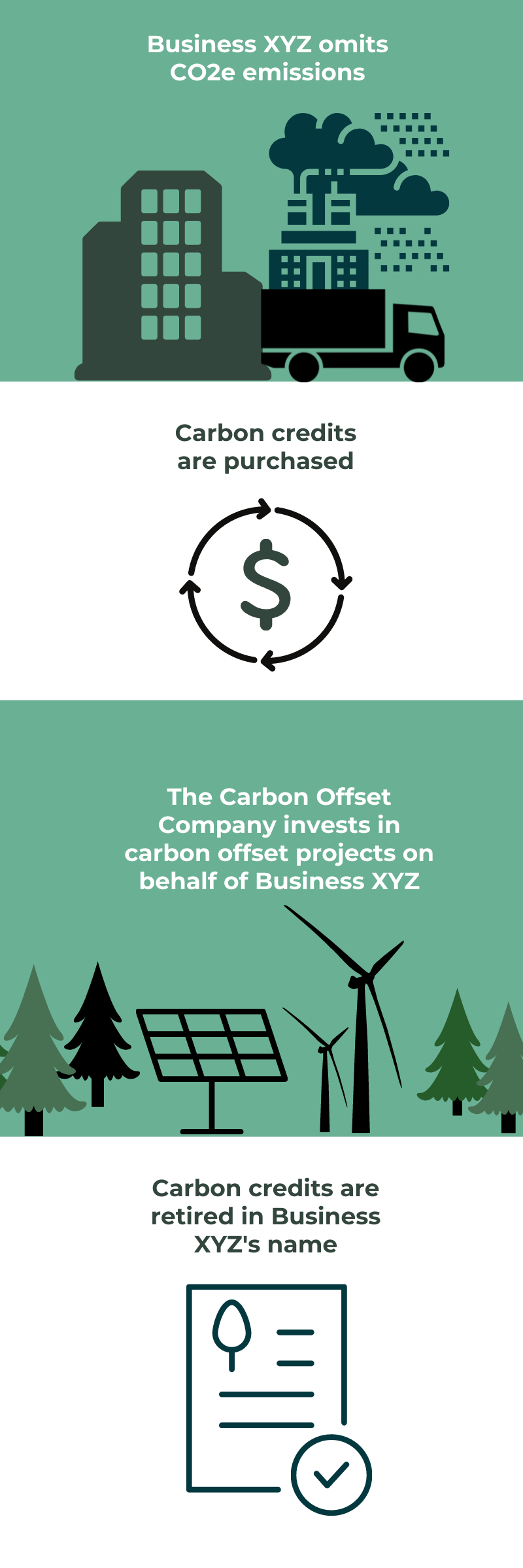
Carbon offset projects generate carbon credits, and each has their own unique serial number. A good analogy is thinking of carbon credits like gift cards—each one has a monetary value and can only be redeemed once.
CO2 remission takes place in many different forms

Reforestation
Tree plantings and sustainable forestry practices increase the natural storage of carbon.

Landfill Gas Capture
As decomposing material releases methane gas into the air, the gas is captured and destroyed.

Avoided Deforestation
Protects native forest in areas that would otherwise be cleared for crops or grassland.

Industrial Process
Investment in new or alternative manufacturing processes
with the aim to reduce greenhouse gas emissions.
and MORE!
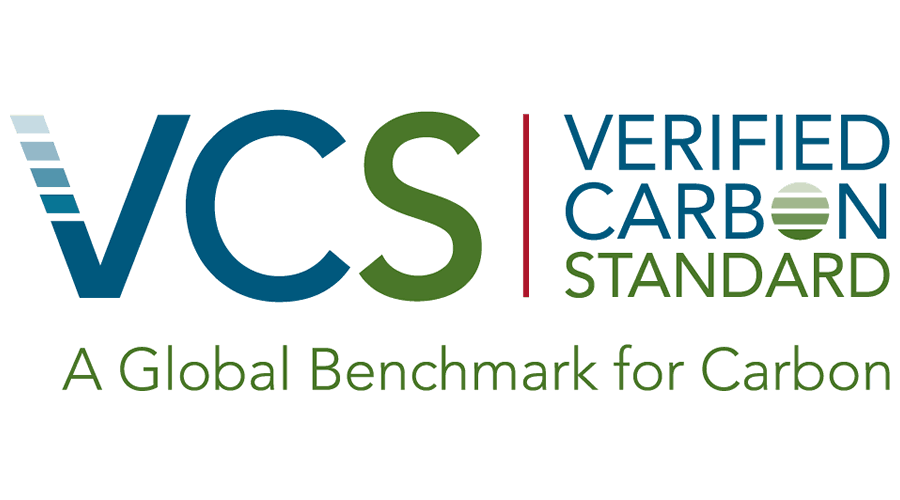
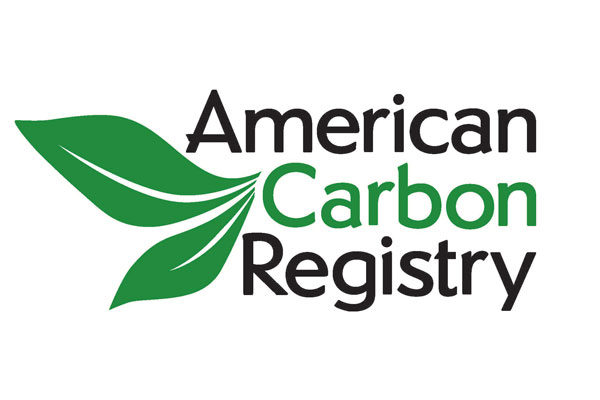
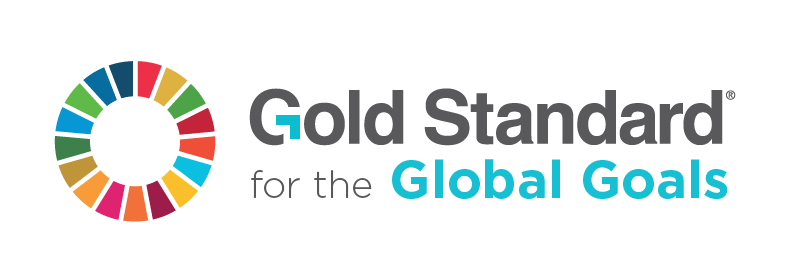
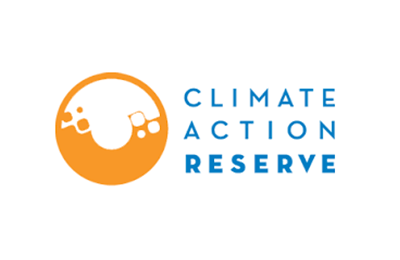
With thousands of projects to choose from, buying the right carbon credits is confusing. Let us help you find proven and ethical projects that you actually want to support.
Ready to mitigate the impact of your emissions?
Please fill out this form to schedule a consultation

Make a confident choice with certified projects. All projects supported by The Carbon Offset Company are held to standards set by leading verifying bodies and are as follows.
Project Standards
Accurate, quantified, and monitored carbon reductions for projects are verified by independent, third-party auditors.
The quantified greenhouse gas or carbon reductions must represent actual emission reductions. These reductions are based on approved methodologies or protocols which require rigorous monitoring, reporting and verification (MRV) of the project’s activities.
Additionality requires the carbon emission reductions to be above and beyond business as usual. This means reductions are additional if they would not have occurred in the absence of the project. Importantly, additionality should be determined by an independent third-party, a requirement for internationally accepted standards. Additionality should not be self-determined and should not be self-defined, as each internationally accepted standard defines it. For example, the Environmental Protection Agency, and most other standards, define additionality as greenhouse gas reductions that must be surplus to regulation and beyond what would have happened in the absence of the project or in a business-as-usual scenario based on a performance standard methodology.
Permanence is commonly referred to as the useful life of a project in reducing carbon emissions. Third-party standards such as Climate Action Reserve, Verified Carbon Standard, Climate, Community and Biodiversity Standard, American Carbon Registry and the United Nations Clean Development Mechanism all address and account for permanence. These and other third-party standards also address permanence for forest-based carbon offset projects such as reforestation and avoided deforestation. A project should be independently certified to a standard to ensure permanence and other criteria for real carbon reductions to be met.
Leakage is the positive or negative impacts of a project on the surrounding area outside the project’s boundary. The Carbon Offset Company works with projects with the least likelihood of creating negative impacts.
Additional Focuses
The battle against climate change is a global effort. The Carbon Offset Company currently supports projects both in the United States and internationally.
The Carbon Offset Company aims to cost effectively transform companies, governmental entities, any other kind of organization and people into eco-friendly versions of themselves. We are flexible in our approach to ensure your organization can cost-effectively become a leader in creating global climate improvements.
The Carbon Offset Company supports projects that not only benefit the environment but also improve the socio-economic conditions by creating jobs and opportunities conducive to trade and development of the community as a whole.
Of course our projects help the environment, but you’d be surprised by how much and in how many areas. In addition to carbon sequestration, many projects provide a range of additional ecosystem services that enhance biodiversity, preserve natural habitats, control erosion, reduce localized air and water pollution, and more.

Make your
sustainability
goals a reality

